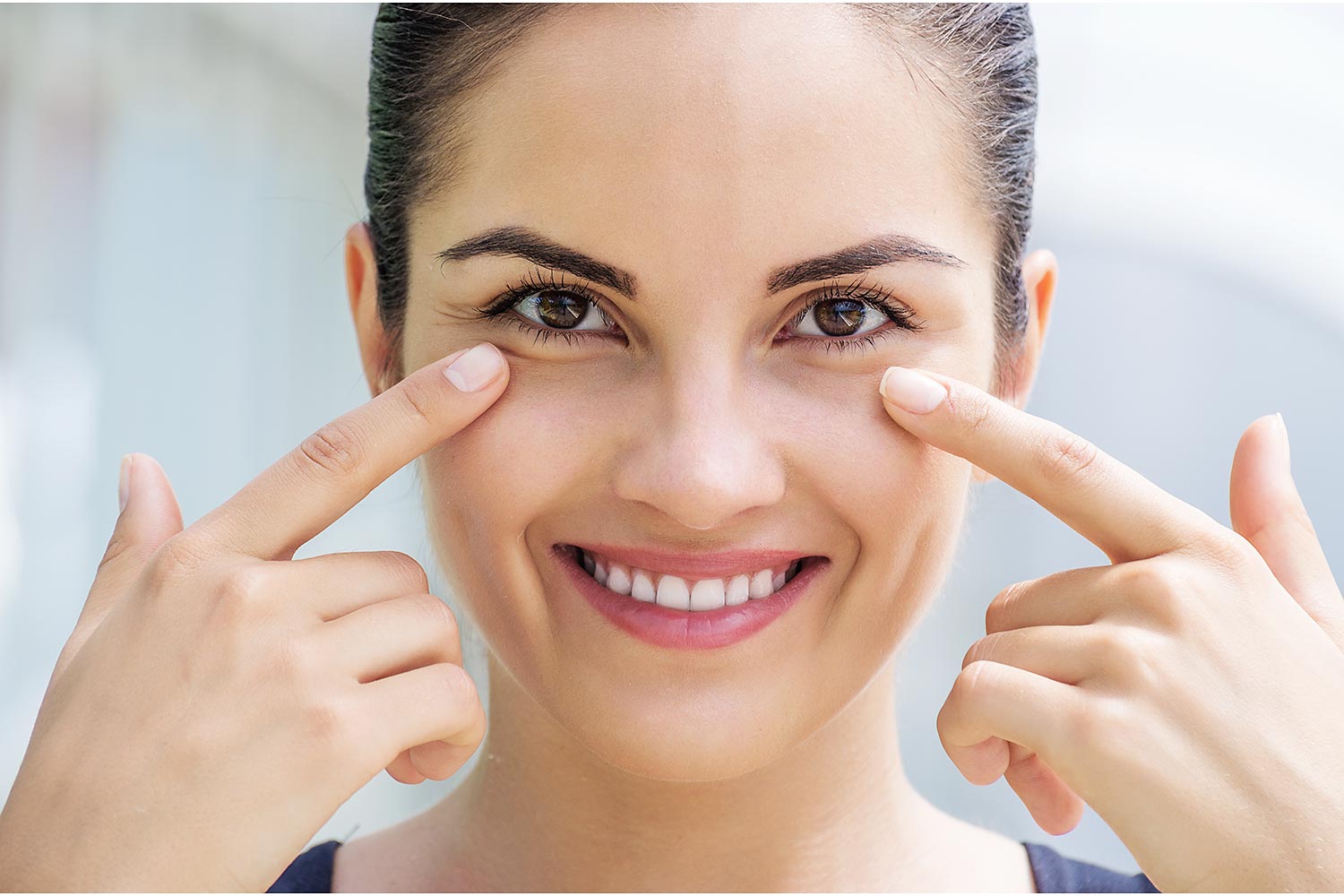COVID-19 disease caused by SARS-CoV-2 has recently become a global pandemic. It is highly transmissible, presenting with a significant fatality rate, especially among the elderly and those with comorbidities such as diabetes, cardiovascular disease, chronic respiratory disease and immune suppression.
Although common signs and symptoms typically include respiratory illness, including fever, cough and shortness of breath, conjunctivitis has also been reported as minor symptoms in 1%-2% of cases. Clinical researches have suggested that the virus can cause conjunctivitis and possibly be transmitted by aerosol contact with conjunctiva. Proper eye care is crucially needed to minimise the risks of viral transmission during this pandemic period.
Previously, some medical research conducted in China collected ocular secretions and tears of 30 patients with pneumonia hospitalised for COVID-19. Out of 30, one patient had conjunctivitis. This patient – and not the other 29 – had a confirmed PCR test result indicating SARS-CoV-2 RNA in ocular secretions. This suggests that SARS-CoV-2 can cause conjunctivitis and infectious viral particles might be present in ocular secretions of COVID-19 patients with conjunctivitis.

In a larger study published in the New England Journal of Medicine, conjunctival congestion was found in nine of 1,099 patients (or 0.8%) hospitalised with confirmed COVID-19 from 30 hospitals across China. None of the patients was documented to have seen an ophthalmologist and their tears were not sampled for viral detection.
Eye care during COVID-19 pandemic
In order to reduce the risks of disease transmission, taking good care of the eyes is vital. These instructions for eye care should be strictly followed:
- Touching or rubbing eyes must be avoided. Guarding the eyes as well as hands, nose and mouth can slow the spread of coronavirus.
- Since unwashed hands are a source of viral contamination, it is highly recommended to frequently wash hands with soap and water or hand sanitisers.
- Wearing glasses and other protective devices may add a layer of protection. Although corrective eyeglasses or sunglasses can help shield the eyes from infected respiratory droplets, they do not entirely protect the eyes from viral exposure. The virus can still reach the eyes from the open sides, tops and bottoms of the glasses. For full facial protection, safety goggles or face-shield should be worn, where applicable.
Safe contact lens wear and care
The Center for Disease Control and Prevention (CDC) and American Optometric Association (AOA) confirm that there is no evidence to suggest that contact lens wearers are more at risk for acquiring COVID-19 than eyeglass wearers.

To protect the eyes during the pandemic, contact lens wearers should strictly continue practising safe contact lens wear and care hygiene habits. Before wearing and after removal of contact lens, it is necessary to wash the hands first with soap and water for at least 20 seconds. Hands must be dried using clean paper towels. Appropriate hygiene not only reduces viral transmission but also helps to prevent infectious eye diseases caused by other microorganisms.
Contact lens cleaning solution to remove COVID-19 virus
There are two main types of contact lens cleaning solutions: hydrogen peroxide-based solutions and multipurpose solutions. Both cleaning solutions aim to remove debris and build-up. However, they work in different ways.
Hydrogen peroxide-based solution is used for disinfecting, cleaning and rinsing the contact lenses. It should be effective against COVID-19 viruses. However, special care is needed while using this solution since hydrogen peroxide can cause severe irritation and eye damage. To use it safely, the lenses must be placed in the provided case filled with solution to clean and disinfect the lenses. After the disinfection and neutralising step is completed, which normally takes an hour, the lenses can be removed from the case.

Rinsing the lenses with hydrogen peroxide solution and applying them directly to the eyes without completing the entire disinfecting and neutralising step must be avoided and all given instructions must be strictly followed.
Multipurpose solution should be used for daily cleaning, rinsing, disinfecting and storing the lenses. All purposes are fulfilled by the same solution. Since direct contact with this solution does not cause eye irritation, no special care is needed. However, with multipurpose solutions and ultrasonic cleaners, there is currently inadequate scientific evidence to determine efficacy against the virus.
Since the virus can still reach the eyes from the open sides of the glasses. To have full protection, a wide variety of other eye and facial protective equipment is available. Goggles and face shields are usually made of different grades of plastic, mostly polycarbonate with different thickness. To choose proper protective equipment, quality of material, convenience and transparency for good vision should be taken into consideration.
Source: Dr. Tarinee Sangiampornpanit, Ophthalmologist (Cornea and Refractive Surgery), Eye Center, Bangkok Hospital.


